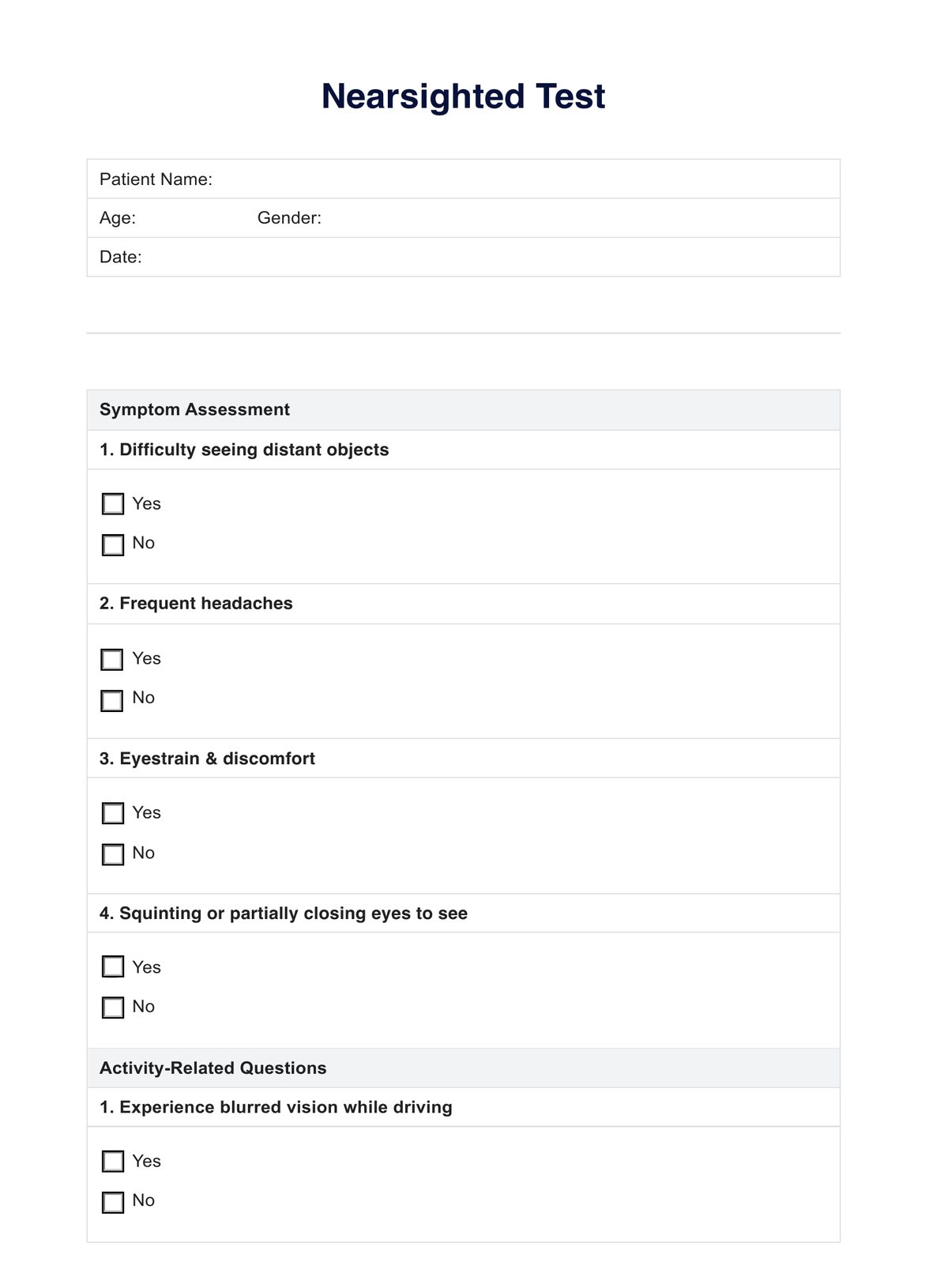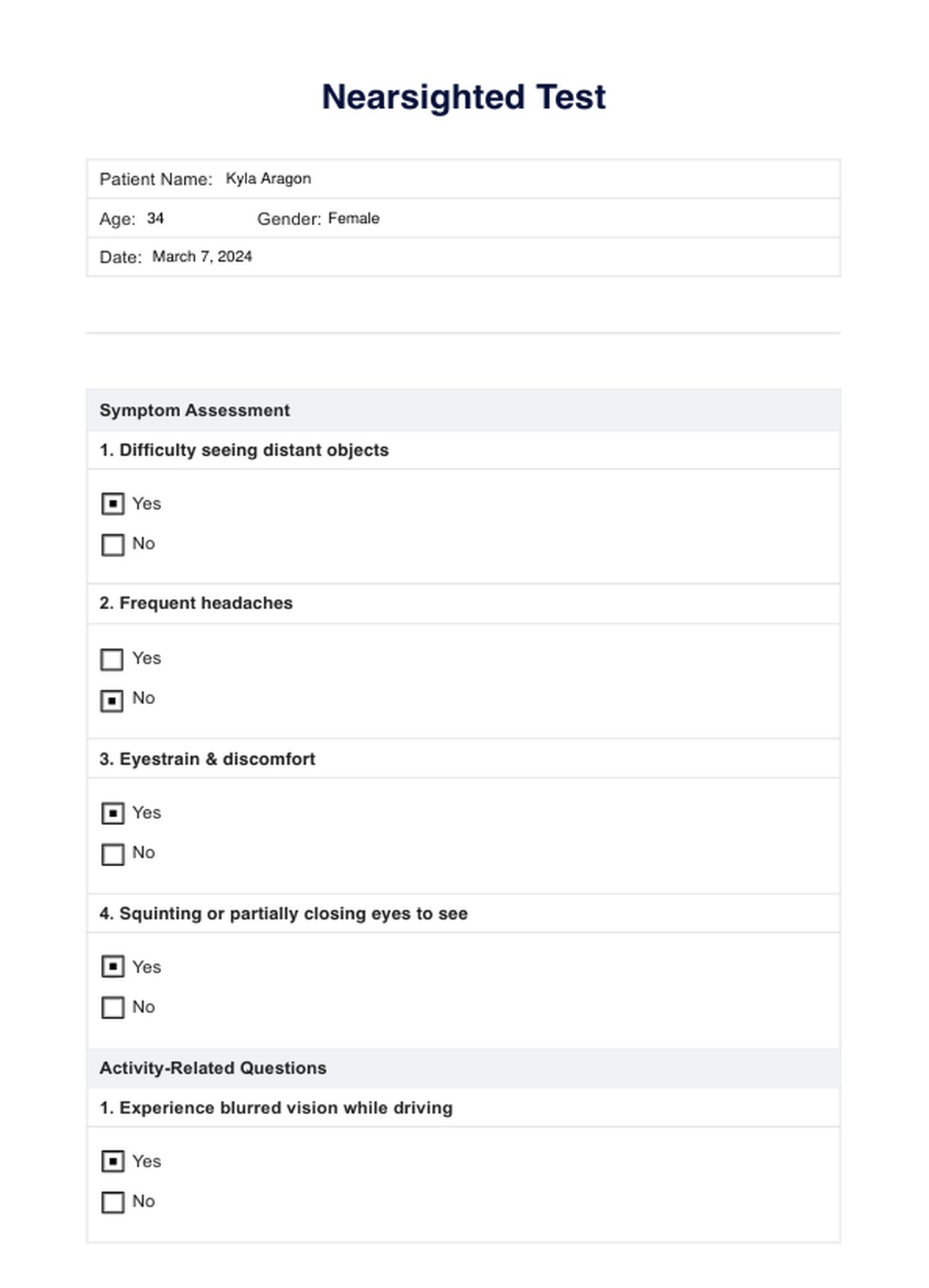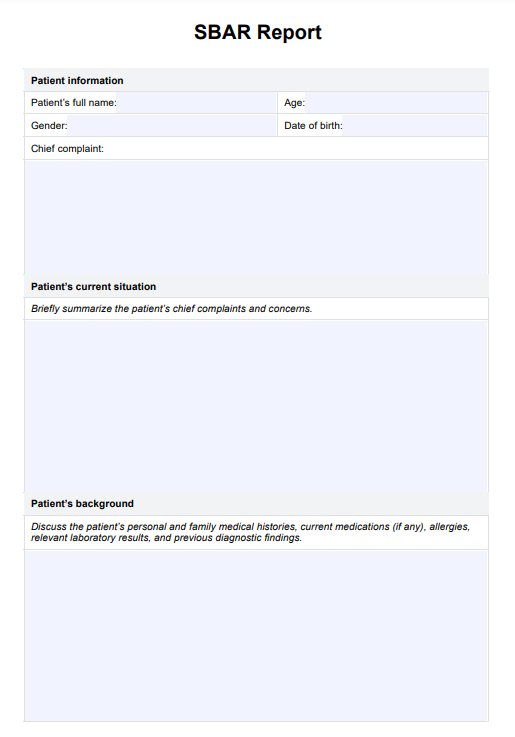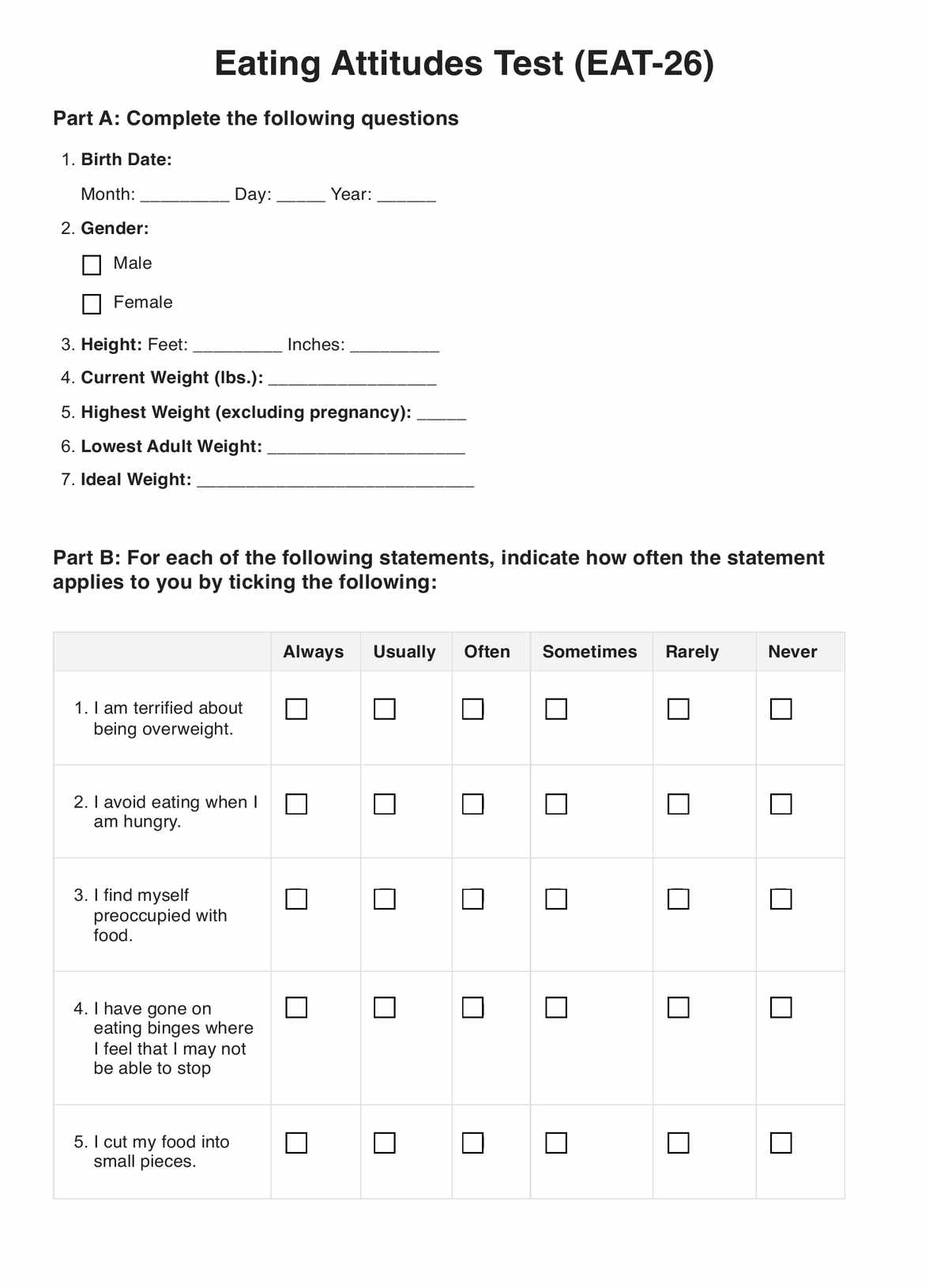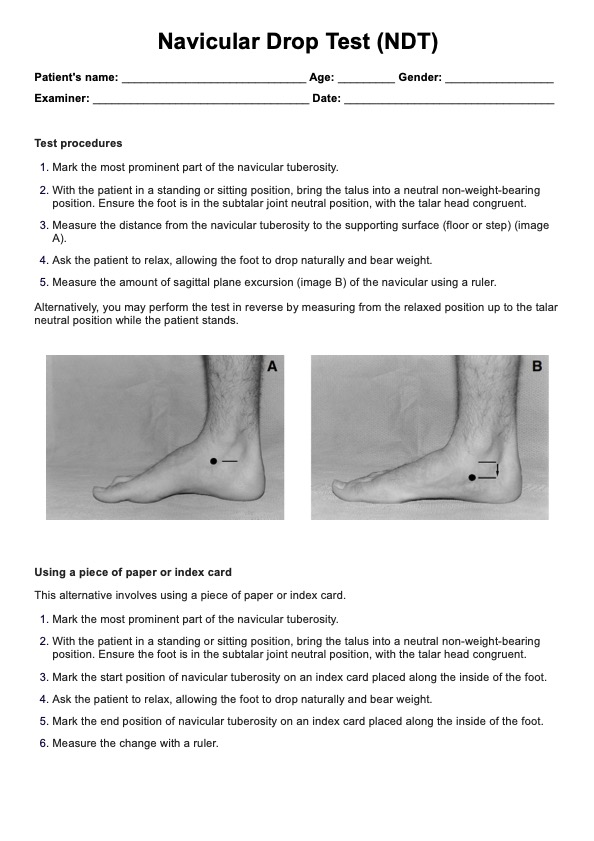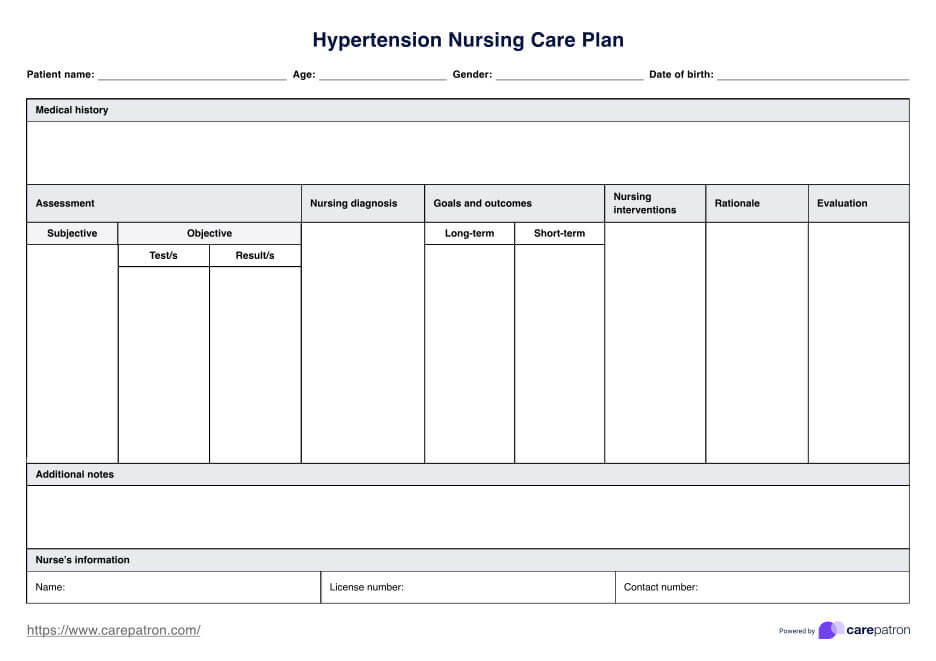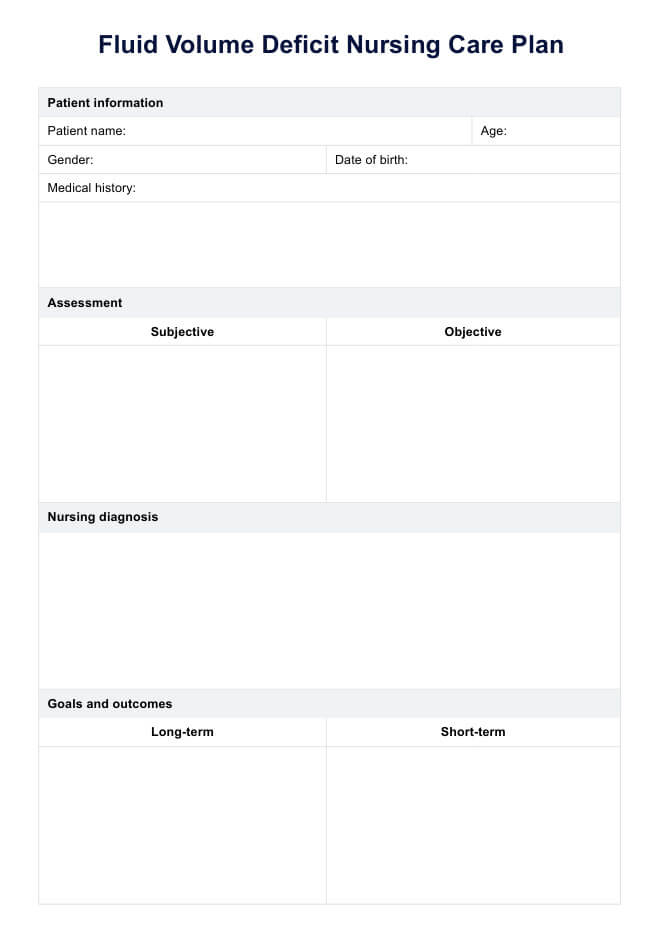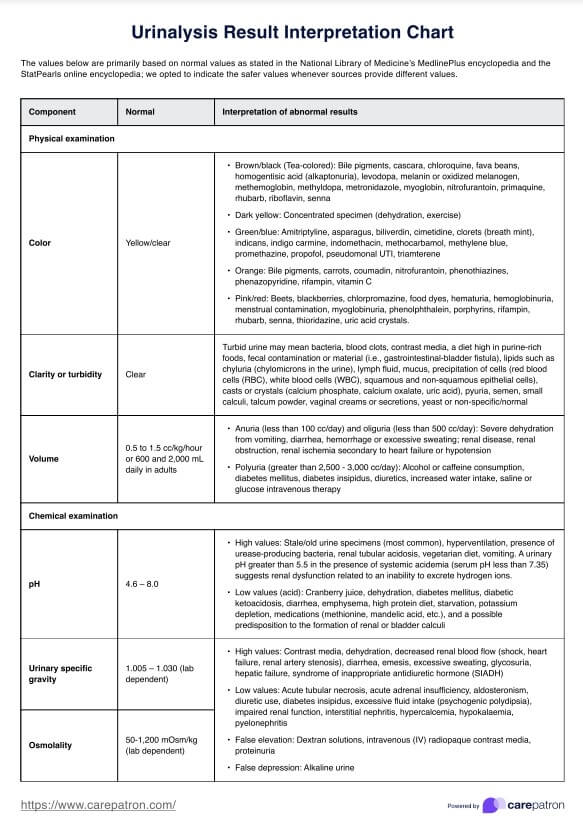Nearsighted Test
Learn how to conduct a nearsighted test and document the results using this free resource. Access and download the free PDF template here.


What is nearsightedness?
Nearsightedness, medically termed myopia, is a common vision problem affecting people worldwide. This is due to a refractive error, which affects how light enters the eye. As the eye becomes incorrectly focused, distant objects appear blurred and distorted.
It is essential to recognize the impact of nearsightedness on a patient's quality of life. Beyond simply bringing distant objects into sharp focus, it can affect a patient's peripheral vision. When the central vision is corrected with standard lenses, peripheral vision might still seem blurred or washed out, affecting spatial awareness and navigation. Advanced lens designs and other measures can help correct this peripheral distortion, enhancing and restoring visual function.
What causes nearsightedness?
Nearsightedness is a refractive error in which the eyes focus light in front of the retina instead of directly on it, resulting in a blurred image of distant objects. Understanding the causes of myopia is essential to properly diagnose, manage, and potentially prevent the progression of nearsightedness in patients.
The following factors contribute to the development of myopia:
- Genetic influence: Myopia often runs in families. It's important to inquire about a patient's family history, as those with one or both parents who are nearsighted have a significantly higher risk of developing the condition themselves. Genes play a significant role in eye structure and function, which can make individuals vulnerable to refractive errors.
- Environmental contributions: Modern lifestyles may influence the development of nearsightedness. The dramatic increase in close-up activities, such as reading, using smartphones, and working on computers, places a high demand on our visual system.
- Structural factors: The size and shape of the eye are key in determining the eye's refractive status. An elongation of the eyeball or an overly curved cornea results in the focal point of vision being in front of the retina. This structural complication can be the direct cause of blurred vision.
- Age and myopia progression: Myopia commonly first occurs in school-age children and progresses until the individual reaches their early twenties. Regular monitoring and updating prescriptions are vital during these years as the eye undergoes significant changes.
Can nearsightedness become dangerous?
Nearsightedness is often understood as a visual condition that leads to blurred or distorted vision. However, it does carry the potential for more significant consequences. While myopia is often manageable through corrective lenses or refractive surgery, in severe or high-degree cases, it may lead to a higher vulnerability for other eye health issues.
High myopia, or severe nearsightedness, denotes a prescription of -6.00 diopters or more. These high degrees of myopia can often lead to complications due to the structural changes in the eye. This includes eye conditions such as retinal detachment, macular degeneration, glaucoma, and cataracts.
However, it's essential to communicate to patients that having myopia does not definitely mean they will develop these conditions — the risk is simply higher proportionally to the severity of myopia. Educating patients about their potential risks and advocating preventative measures are key steps toward ensuring patients' eye health.
Nearsighted Test Template
Nearsighted Test Example
How is nearsightedness diagnosed?
Given its prevalence in the general population, diagnosing nearsightedness is a core competence for an eye care specialist. Effective diagnosis is anchored on practicing clinical skills, a suitable vision test, and collaborating with the patient. The following steps are ways to help us accurately diagnose myopia:
Conducting the visual acuity test
The visual acuity test is the definitive tool for evaluating the clarity of a patient's sight at a specified distance. Vision testing is not just a routine part of an eye examination. It is also a critical tool to determine if the patient's vision falls within normal limits or if there is a need for further evaluation.
In this distance vision test, patients are asked to read the smallest line of letters they can see on the Snellen chart from a standard distance, usually 20 feet away. The results, expressed in terms of Snellen fractions (such as 20/20 or 20/40), give us a baseline indication of the patient’s ability to see clearly at a distance.
Detailed history taking
Asking patients about their visual experiences during specific activities, such as driving or watching television, can provide clues to a diagnosis of nearsightedness. Their vision problems and difficulties in seeing distant objects are essential to recognize and consider in the diagnostic process. It is also important to explore patient history, such as previous diagnoses, other possible health conditions, the presence of eye injuries, present symptoms, and other procedures that can potentially cause myopia.
Refraction assessment
During a comprehensive eye examination, refraction is also used to determine the exact prescription that will correct the patient's vision. This is typically done using a device known as a phoropter. Patients are presented with a series of lens choices and asked, which helps them see more clearly. This process pinpoints the degree of nearsightedness and the corrective strength required, especially for the use of glasses or contact lenses.
How does this Nearsighted Test work?
The assessment and diagnosis of nearsightedness are critical components of eye care provided by healthcare practitioners. The following outlines the steps on how to conduct this distance vision test:
Step 1: Patient history collection
The nearsighted test begins with gathering a comprehensive patient history. This sets the foundation for understanding any genetic predispositions, occurrence of symptoms, and lifestyle factors affecting vision.
Step 2: Preliminary vision screening
A preliminary eye test, often involving a Snellen eye chart, is conducted to measure the patient's visual acuity. This initial assessment provides a baseline evaluation of how well the patient sees at various distances. The Snellen chart is placed at a standardized distance, and patients are asked to read the smallest line of letters they can see.
Step 3: Refraction test
Following the preliminary visual acuity test, a refraction test is performed to determine the patient’s ideal lens prescription. This test accurately measures the degree of nearsightedness. Using a phoropter, present the patient with a series of lens choices, asking which option allows them to see the letters on the Snellen chart more clearly.
Step 4: Diagnosis confirmation and prescription
The summary of these tests leads to the confirmation of nearsightedness. Analyze the data gathered to determine the severity of myopia and discuss the findings with the patient. A prescription for corrective lenses is provided based on the refraction test results. Follow-up appointments to monitor the condition or discuss other corrective measures could also be suggested.
When is it best to conduct this test?
Understanding the optimal timing to perform this test helps maintain the vision health of patients and can prevent complications associated with untreated myopia. It can be ideal to conduct the nearsighted test in the following cases:
- The nearsighted test should ideally be included as a component of a comprehensive routine eye exam.
- Scheduling an eye exam specifically for nearsightedness may also arise due to difficulty with distance vision, eye strain or headaches, squinting, and visual changes.
- Nearsighted tests can also be done as a preventive health measure.
- For pediatric patients, earlier and more frequent evaluations are encouraged. Children should have an exam at least every two years, more often if they are exhibiting visual issues or have been diagnosed with myopia already.
What are the benefits of this Nearsighted Test?
This important vision test provides several benefits, from diagnosis and monitoring to promoting preventive eye care. Conducting a nearsighted test can offer the following advantages:
Early diagnosis
The primary benefit of the Nearsighted Test is the early and accurate detection of myopia. Identifying this condition early on can ensure that patients receive the necessary corrective lenses or treatment needed to restore their distance vision.
Monitoring eye health
Nearsighted tests provide valuable information about the health of the eyes and the progression of myopia over time. Regular testing allows us to track changes in a patient's vision, monitor the rate of myopia progression, and adjust treatments as needed.
Improvement in quality of life
Corrective measures such as glasses, contact lenses, or refractive surgery can help patients regain clear distance vision. This aids in performing daily tasks more efficiently and enjoying activities that require clear distance vision.
How is nearsightedness treated or managed?
The treatment and management of myopia involve various strategies, primarily aiming to correct the refractive error and improve visual acuity.
Corrective lenses
The most common and traditional method of managing nearsightedness is through the prescription of corrective lenses, specifically encouraging patients to wear glasses or contact lenses. They are easy to use, versatile in terms of style and function, and can be adjusted to suit the wearer's prescription as it changes over time.
Refractive surgery
For adults in whom myopia has stabilized, eye surgery presents a more permanent solution to correcting vision. Procedures like LASIK, PRK, or SMILE are designed to reshape the cornea, effectively correcting the refractive error that leads to nearsightedness.
Lifestyle modifications
Encouraging patients to make lifestyle adjustments can also play a role in managing myopia. Activities that involve spending more time outdoors and having breaks during work or screen time have been shown to be effective in preventing the development and progression of nearsightedness.
You can utilize the Prescription Template and Visual Acuity Test Template to enhance your practice and improve client outcomes. Together, these tools provide a comprehensive approach to addressing both medication and vision-related concerns.
Commonly asked questions
Common symptoms of nearsightedness include difficulty seeing distant objects clearly (such as road signs or the blackboard in school), needing to squint to see clearly, headaches caused by eye strain, and difficulty seeing while driving, especially at night (night myopia).
For those diagnosed with nearsightedness, annual eye examinations are typically recommended to monitor the condition. However, your healthcare provider might suggest more frequent examinations, especially in children, due to their rapid eye development.
Nearsightedness typically does not improve naturally over time. In fact, it often worsens throughout the childhood and teenage years when the body is in a rapid growth phase. Myopia cannot be reversed, but the goal of treatment is to keep it from getting worse, which can protect our eye health in the future.

.jpg)
